
Tripod vs. Monopod: a battle of stability versus mobility, choosing between perfectly still captures and the agility to follow the action!
Which one will be the weapon of your choice?
When it comes to photography, I believe that tools make a difference.
This guide will help you determine which tool suits you best to improve your skills and develop your style.
Think about your camera, its features, and its lens options. And then think about the tools that can support it, like monopods and tripods.
Then there’s your photography style and genre.
Considering all of these things, what will be the best accessories and supporting gear to help you in the long run?
What Is a Monopod?


Monopods, or unipods, provide stability in capturing photos or videos.
It looks like a camera support device with a single leg or pole. In some areas of photography, it’s favored amongst photographers who focus on sports or wildlife, allowing them to move quickly or easily reposition themselves.
The monopod is compatible with various camera types and lenses, and its adjustable head allows for panning and tilting adjustments to capture the desired shots.
Advantages of Using a Monopod
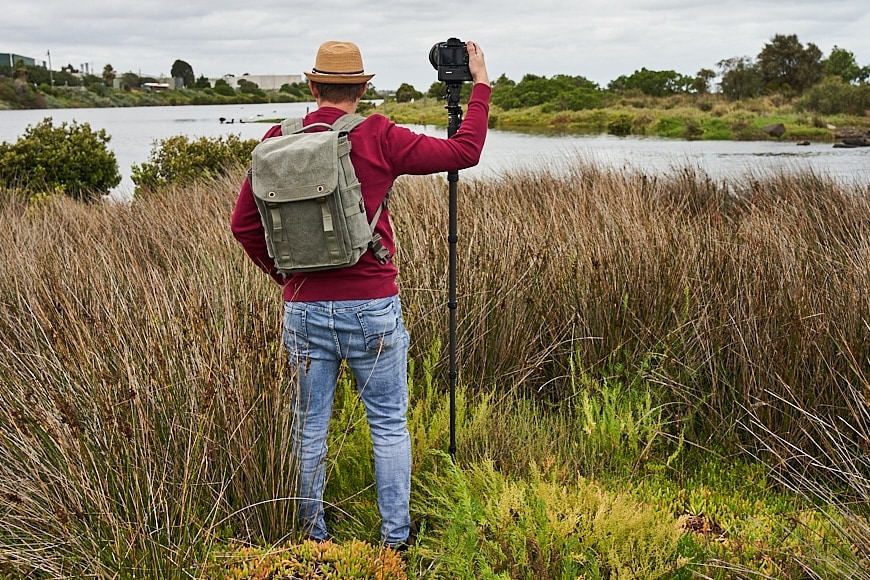

At 6’/183cm the Sirui P-326 monopod extends above your head with a Manfrotto tilt head. Without the tilt head it would still be tall enough for most photographers | Athol Hill
A monopod has the advantage of being lightweight and compact, which makes it easier to carry.
It also means it’s quick to set up anywhere since it’s collapsible within seconds.
It may not be of the same quality as a tripod, but it still improves stability compared to hand-holding a camera.
Plus, monopods take up less space in comparison to tripods.
Highly Recommended
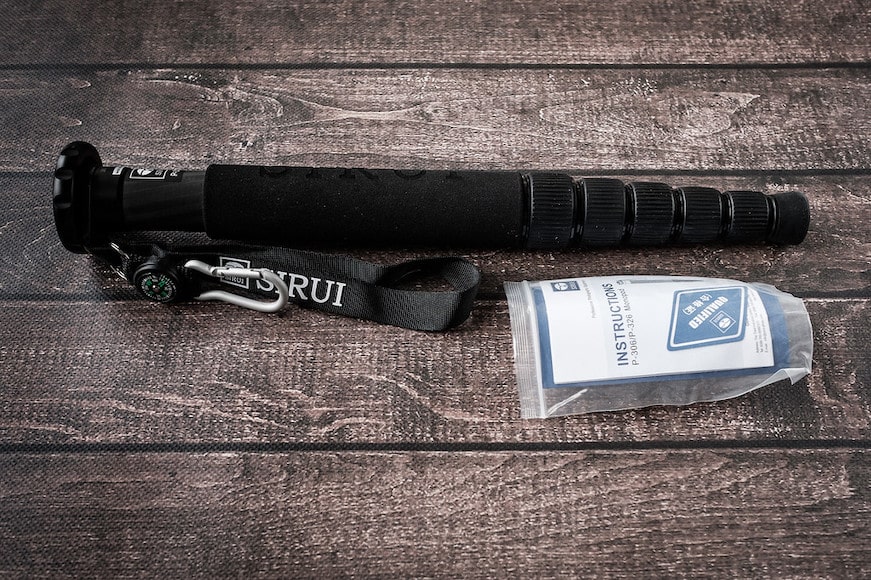

Comfortable to hold, durable and made from light-weight carbon fiber for a portable stabilizing solution.
Use code AFF5 to save 5%
Disadvantages of Using a Monopod
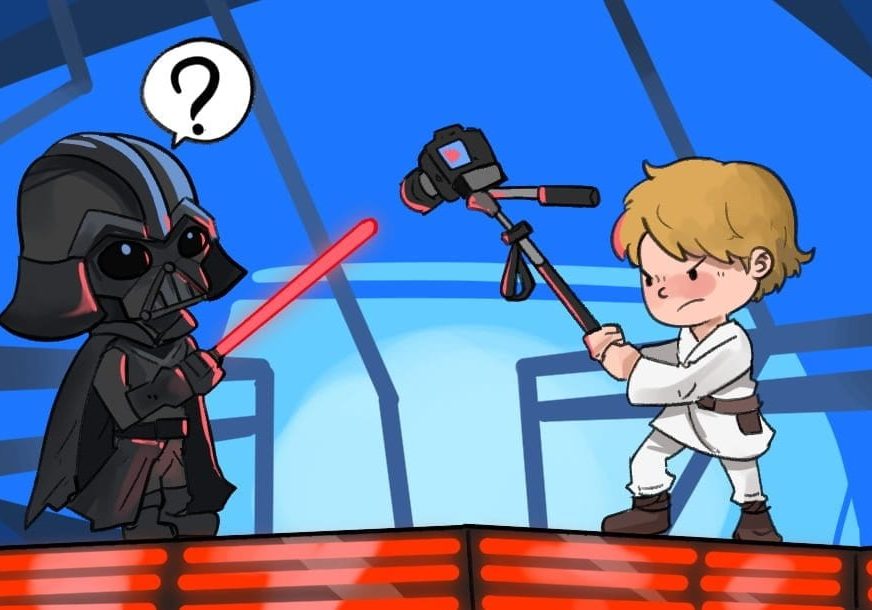

Monopods are by no means perfect. I can attest to having experienced their limitations and disadvantages firsthand.
For example, long exposures are a no-go. Monopods simply don’t provide the necessary image stabilization.
They also have weight limitations, which may make them unable to support heavy professional cameras or large telephoto lenses.
A monopod needs some practice by the user to master the techniques effectively, such as balancing the camera while maintaining its stability in panning or tracking moving subjects.
What Is a Tripod?
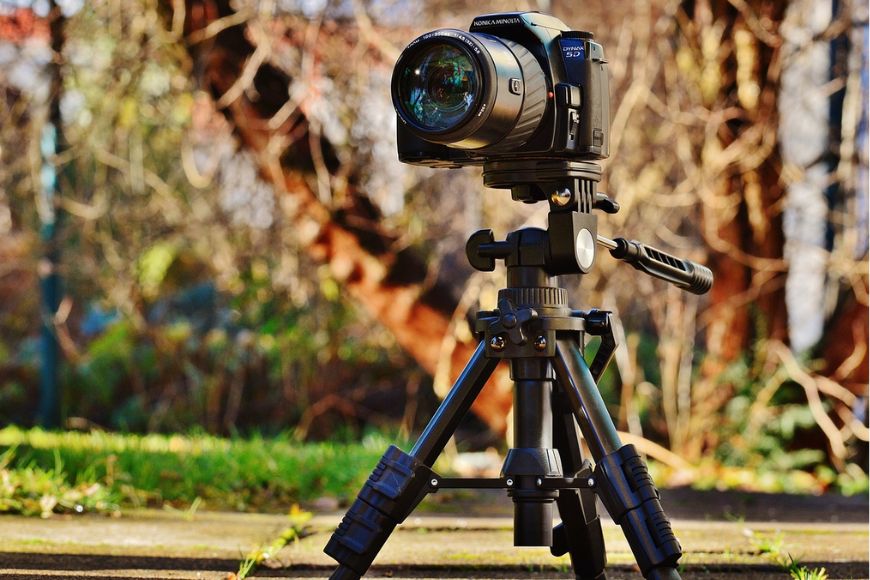

Image Credit: Unsplash
A tripod is another tool that’s suitable for longer exposures in low-light conditions or when considering motion blur effects.
It’s a three-legged device that provides stable camera support and removes any camera shaking during the shoots – even at slow shutter speeds.
The three extendable tripod legs can be adjusted to different heights and angles.
A tripod lets you capture intricate details and maintain precision without relying on high ISO settings or artificial lighting.
There are travel tripods, heavy-duty tripods and even mini tripods.
Advantages of Using a Tripod
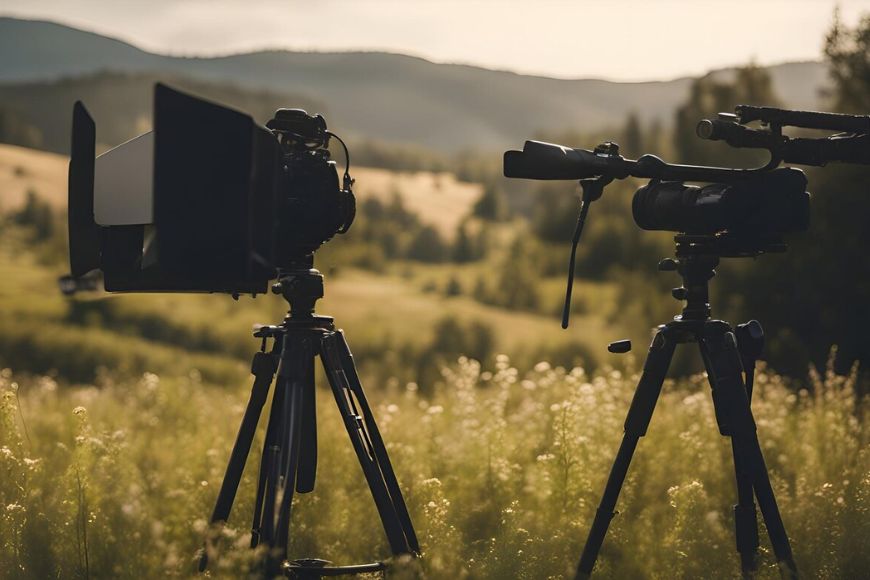

Image Credit: Unsplash
Apart from a tripod’s stability, it’ll also allow users to compose and frame shots carefully.
In the long-exposure photography setting, it can remain perfectly still for long periods of time.
Because it helps lessen camera shake, a tripod provides stable camera support that allows you to produce consistent results.
It’s also quite useful in self-portrait shots and group photos with the help of a camera timer.
Disadvantages of Using a Tripod
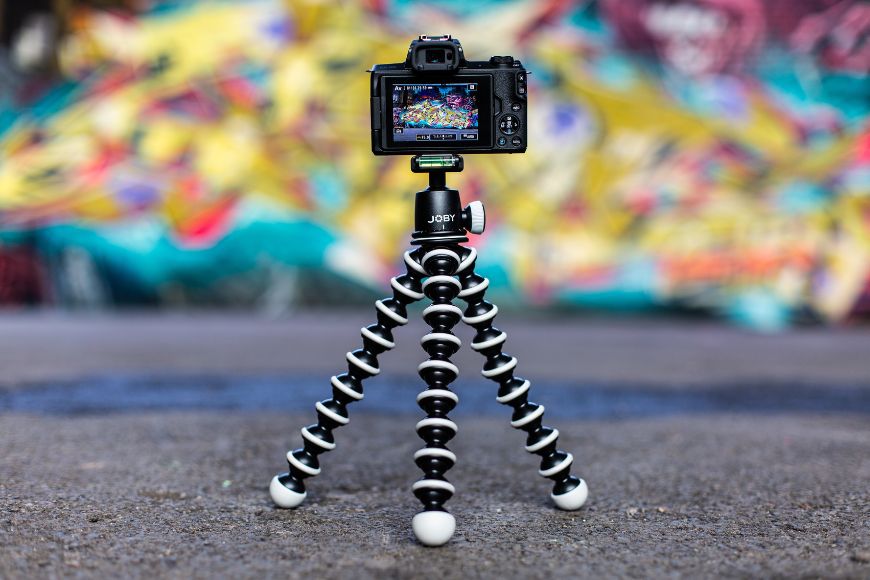

Image Credit: Unsplash
The tripod also has limitations despite how helpful it can be. It can be heavy or bulky, which makes it less practical for those who want to travel light. It also means you might have to get a bigger camera bag.
Some locations, such as museums and public spaces, may prohibit any usage of tripods, thus causing more inconvenience when photographing in crowded places.
The other potential downside is the cost. A high-quality tripod, especially those made with durable fiber materials, can be on the expensive side.
When to Use a Monopod
When choosing between a tripod vs a monopod, always consider specific circumstances like vertical movement, long shutter speed, and the type of images you want to take.
This gear is not a be-all-end-all solution.
Here are some possible scenarios when you’d want to whip out your monopod:
Sports and Wildlife Photography
A monopod shines in situations like sports and wildlife photography, where quick reactions are essential.
In the fast-paced worlds of the animal kingdom and sports, a monopod can conveniently take these moments and turn them into amazing shots.
It provides stability, especially when shooting handheld, yet lets you quickly track the subjects you want to capture.
Crowded Events
Navigating crowds is much easier with a monopod, and you may find they’re allowed in more places than a tripod.
A monopod provides stability while allowing photographers to track and capture fast-moving subjects easily. They’re also quick to set up.
I’ve also found monopods to be super handy when you have limited space – such as in press pits at red carpet or runway events. When you’re jostling for elbow room, tripod legs are not your friend.
If you’re going to be filming or shooting inside, you can also check with the venue beforehand to find out if monopods are the best option.
Video Recording
Want to get that professional shot while maintaining camera support for handheld recording for a mini web series or a film project?
Use a monopod to reduce camera shake.
Because it’s lighter, it’s easier to hold the camera steady, and it alleviates any possible fatigue on your shoulders or arms.
In situations like this, adding a monopod to your camera gear really helps you bring your ideas to life.
When to Use a Tripod
So, what about a tripod? When is the best time to use it?
Is it suitable for portrait photographers only? And can it really help you get the sharpest possible images?
In truth, there are many of situations when a tripod can benefit you, from capturing long exposures to shooting landscape photography.
Beginner photographers still figuring out what to specialize in can certainly make the most of a tripod. Here are some times when tripods are ideal:
Studio Photography
Tripods are a must-have in studios because they provide the precise composition that every photographer needs.
A tripod will maintain consistent framing and stability, allowing you to focus on the other factors you need to take the best shot.
Tripods are also useful in product photography, where the camera needs to remain focused throughout the shoot and you often need to make precise adjustments.
Low Light Photography
When capturing the night sky or photographing nighttime events, a tripod is essential.
In these low-light conditions, maintaining stability is key to producing high-quality images.
A tripod supports your camera, allowing for longer exposure times without the blur caused by hand movement. This is especially useful for indoor shoots in dimly lit areas or outdoor night scenes.
Landscape photographers also benefit from using a tripod, as it ensures sharp, clear images by preventing any shake during long exposures, thereby achieving optimal image quality.
Macro & Long Exposure Photography
In macro photography, the intricate details matter.
A tripod helps maintain a steady position, resulting in sharper images.
Likewise, for long-exposure photography, a tripod is essential for achieving sharp, blur-free images.
It’s important to remember that a tripod is merely a tool; the real creativity and skill in photography come from you.
Tripod vs Monopod: Which Should You Buy First?


Image Credit: Unsplash
There’s no right or wrong answer here!
If you are a newbie, you’ve probably considered the tripod vs monopod debate.
However, you need to have criteria for choosing based on your needs. It’s ultimately about striking a balance between stability, versatility, subject and shooting style, and your budget.
Ask yourself: What type of photographer do I want to be?
Are Tripods That Turn Into Monopods Worth It?
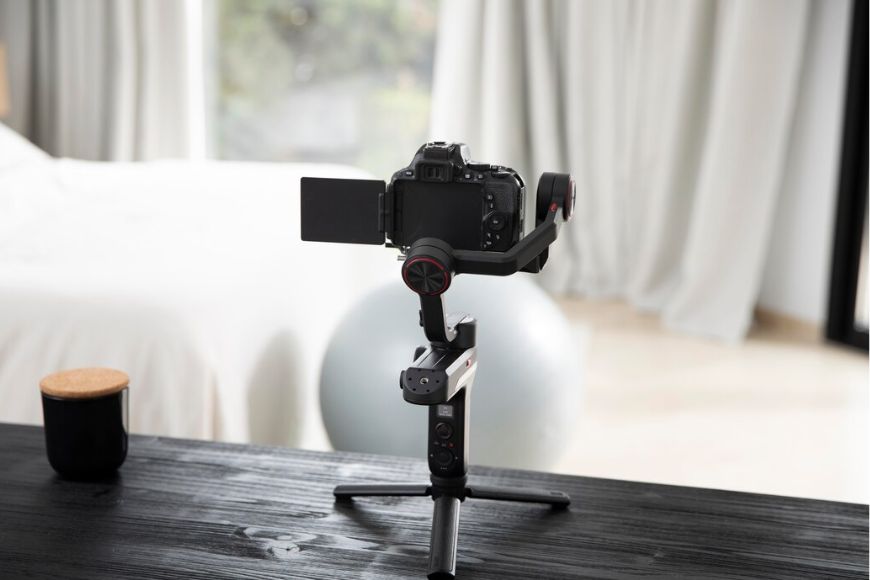

Image Credit: Unsplash
Another solution to the tripod vs monopod debacle: having both in one!
Some tripods can also turn into monopods, which can be a way to have your cake and eat it, too.
A convertible tripod may be more expensive, so you must thoroughly check if it’s worth the added cost.
It provides convenience and versatility as you don’t have to choose between them.
Here’s to hoping you found some answers in this article. After all, the monopod vs tripod debate is great when it brings up the good qualities of the two and gives you some inspiration on how to use them!
Tripod vs Monopod FAQs
What is the difference between a monopod and a tripod?
Monopods have a single leg and are used for quick camera movement or shooting in crowds.
On the other hand, tripods have three legs that form a triangular shape and are usually used for stable shots or long exposure shots.
Both are great camera tools that can improve your photography and help you capture important moments.
Is a tripod or monopod better for birding?
If you plan to wait for birds to come to you while you hide in one spot, tripods are highly recommended.
A tripod will provide the necessary stability that will let you capture detailed shots.
However, if you plan to video shoot, a monopod is recommended to give you easy access to movement.
Should I use a monopod for wildlife photography?
Yes! For budding wildlife photographers, a monopod would make it easier to capture fleeting moments or follow animals who are in their natural habitats.
It’ll let you easily adjust your position and track any fast-moving subjects.
However, I highly recommend a sturdy tripod if you plan to bring any heavy telephoto lens.
Do I need a tripod for wildlife photography?
If you are planning for long exposures or staying in one place for a long time, a tripod will alleviate any possible strains in your arms and shoulders.
The stability of a tripod will help you increase the sharpness in any low-light conditions, too.
Which is better monopod or tripod for videography?
Monopods are ideal for dynamic shoots where you have to move around quickly.
Tripods are ideal for stability and when you want to do long continuous recordings from a fixed position.
The best one for you depends on your specific requirements and preferences.
Can you use a monopod for video?
Yes! It’ll give you the best mobility if you need to shoot running scenes or any scenarios with quick movement shots or high-tilted down angles.






